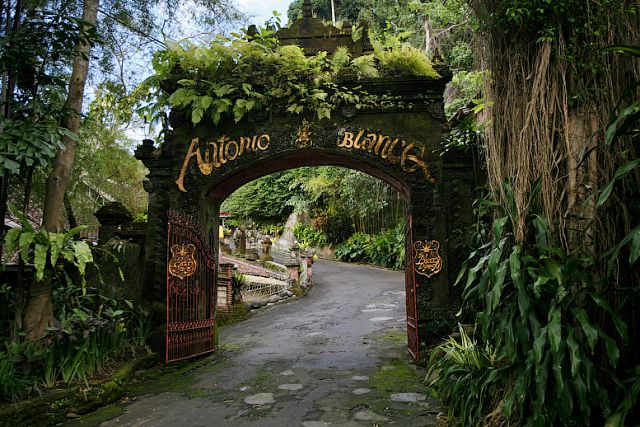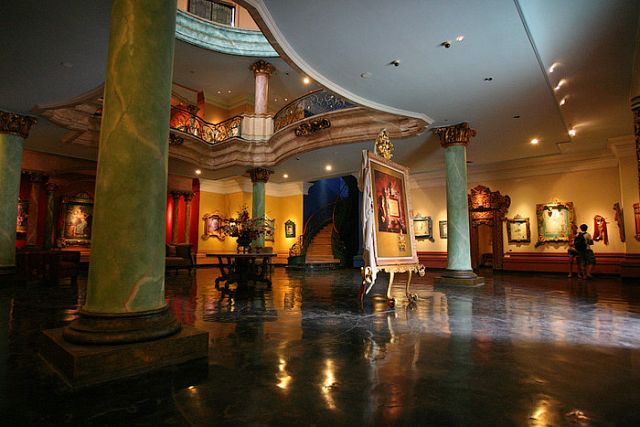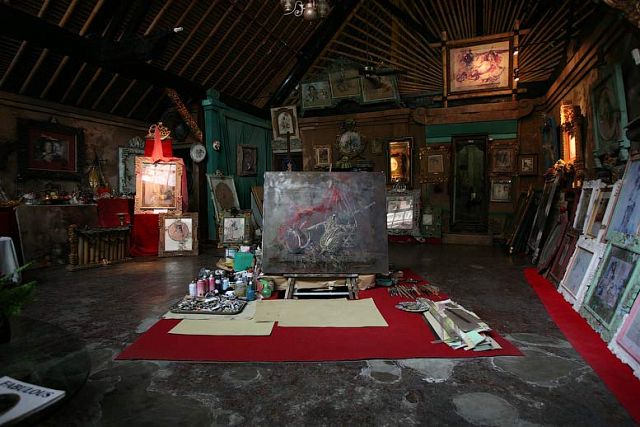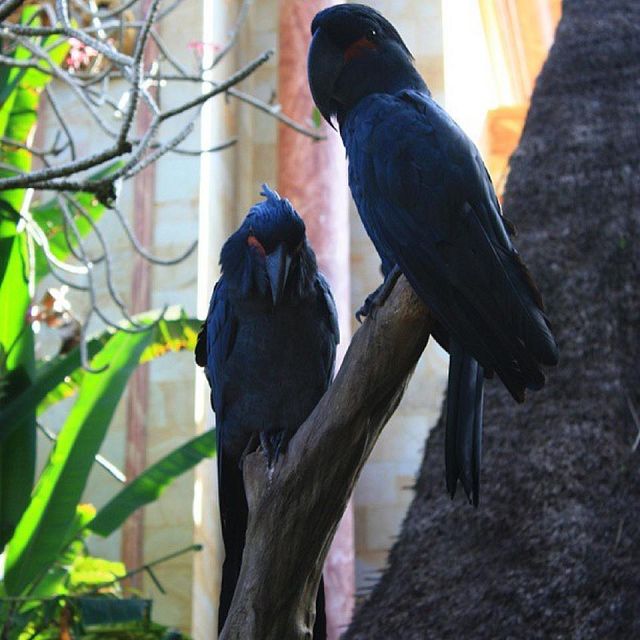
One of the main attractions in Ubud. Probably, everyone who has been to this artisan town has heard about this museum and the "Balinese Dali." The museum house is immersed in greenery, with many tropical birds living around the lawns, known for their friendliness and willingness to pose for photographs.
Just about 11 years ago, the artist still lived and welcomed guests in his home at the confluence of two rivers on a hill. Many who came here earlier managed to meet him and chat personally. After his death, the artist's beloved wife hosted guests, but in 2010, she also passed away, and now museum visitors can only acquaint themselves with the artist's works.

Antonio Blanco was originally from Spain, spending his childhood in Manila, Philippines, and his youth in the USA, where he studied at the Academy of Arts. Blanco loved to travel and had been to many places. He almost stayed in Tahiti for a lifetime, but Bali captivated him so much that Antonio decided to spend the rest of his life on the island. His lifelong love, Ni Rondji, a Balinese dancer, played a significant role. She became not only his favorite model but also a muse, wife, and the mother of his son. Blanco chose to stay with his beloved woman and an immense source of inspiration. Hence, Blanco remained here forever.

The beauty of the surrounding nature magically inspired the artist to create his extravagant works. He is often compared to Goya, and some call him the "Dali of Bali." His main themes are love, the beauty of the body, and various forms of earthly pleasures. The intricate detailing, the interesting play of colors, and provocative plots are the main components of his genius. Each painting in the museum is framed with a unique frame made by the master himself. Some are carved from wood, others use everyday materials like bottles, soap scraps, straw. Initially, the frames may seem overly massive, but after a closer look at Blanco's works, they appear organic and an integral part of the artist's creations.

Antonio's son, Marco Blanco, followed in his father's footsteps and became an artist. However, his paintings are more restrained and less provocative, mainly focusing on still lifes. Sometimes he visits here and works in his father's house.
The entrance fee to the museum is 80,000 rupiahs.
You can add one right now!